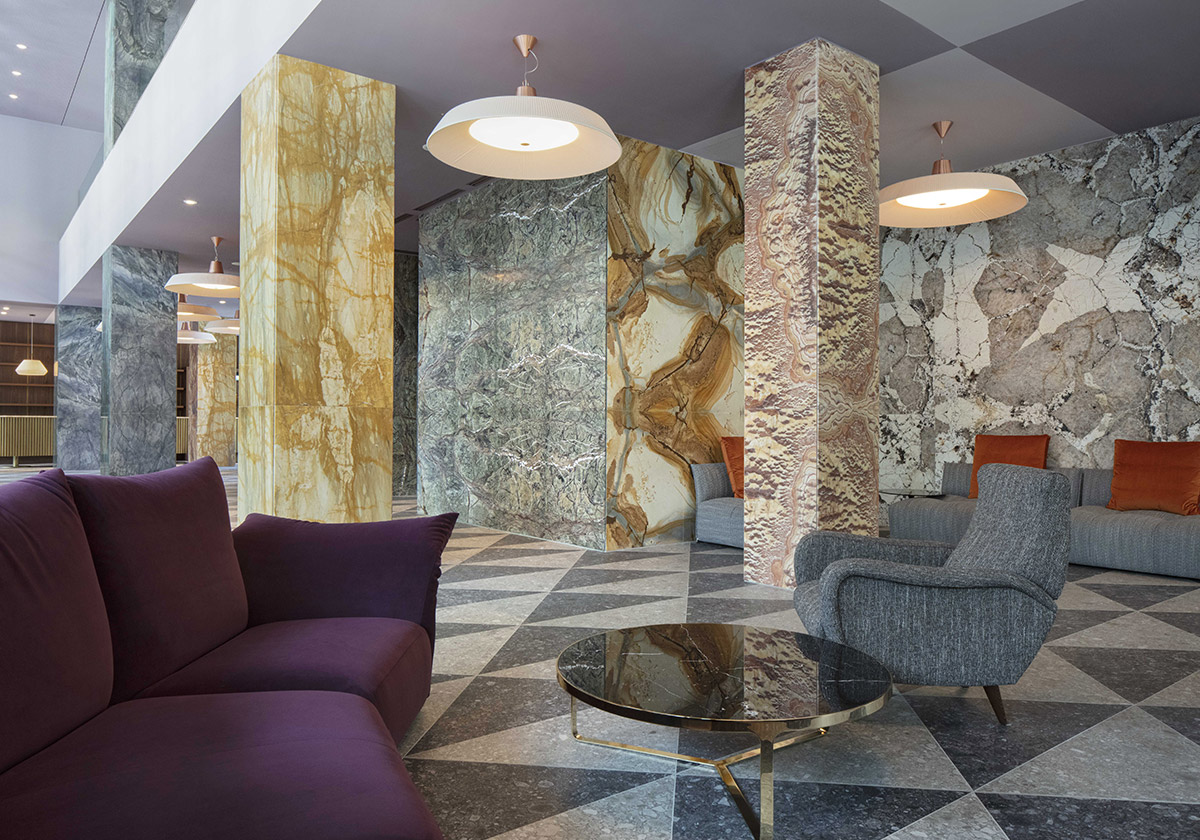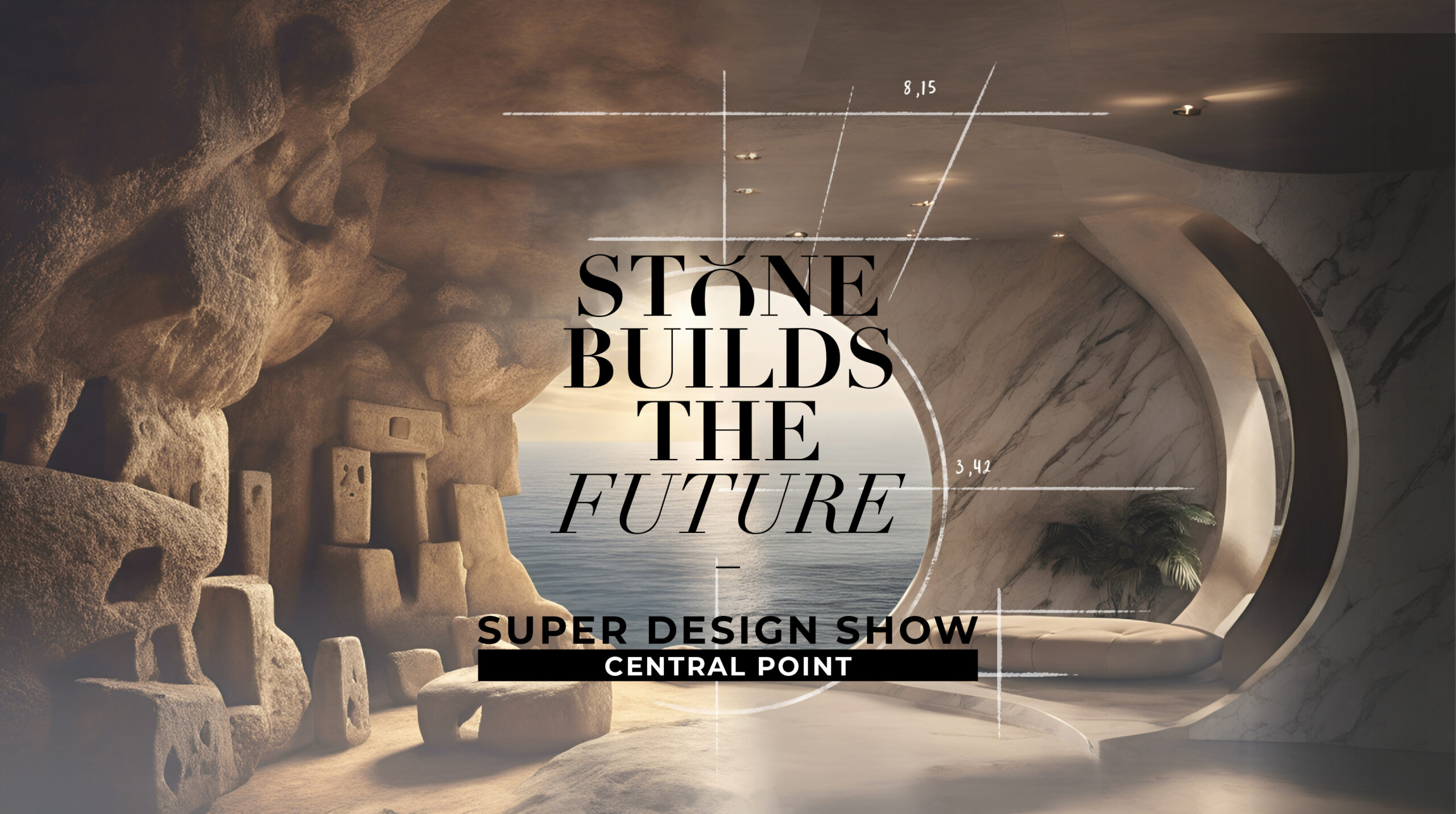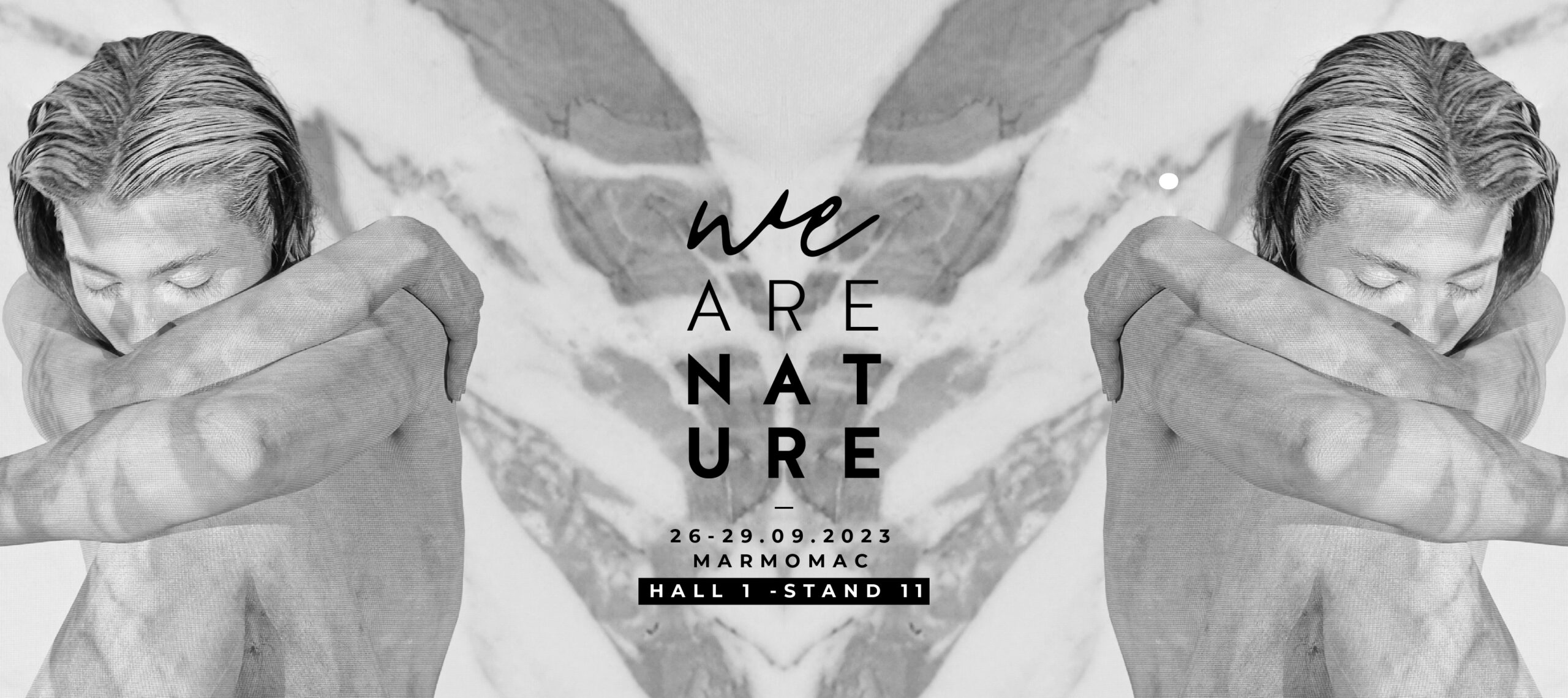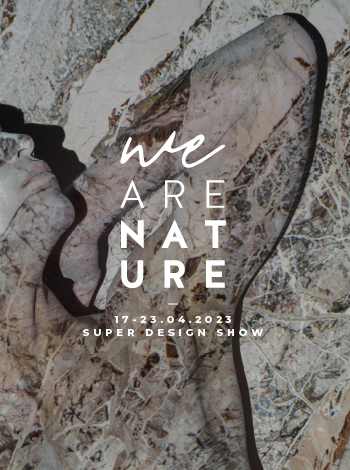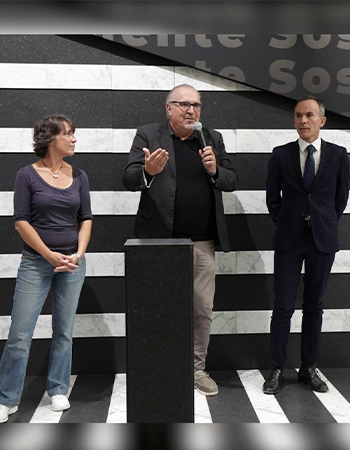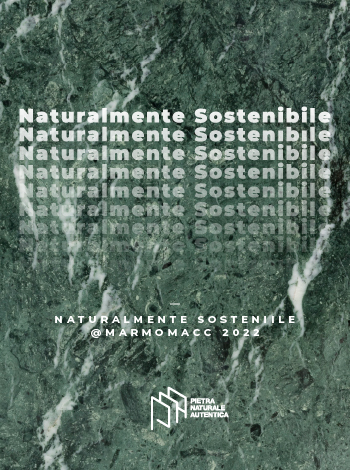Pietra Naturale Autentica wanted to pay homage to Milan and the public of the Fuorisalone with a “journey” through some of the most representative works of “Marble Architecture” that populate the urban landscape of the city.
Marble and, more generally, Natural Stone is an integral part of the urban landscape of Milan.
But not to mark the architectural signs of the various epochs of power, as happens in many city with pedigree. The noble Milan of the past, like the bourgeois, the patrician palaces as the buildings of the city administration, the great Cathedral as the houses any or the streets of the center have had in the marble and stone their material par excellence.
Never as in Milan has marble entered the daily horizon of people and pervaded spaces public and private, to make the scenery of life in this city more beautiful, spreading in the streets, in the squares, in the “places”, that in line with the city’s aesthetics is found in its character, and not surprisingly, at the center of the world for design, fashion, food.
A city that always expresses its own creative vision of the prevailing architectural ideology. Perhaps because it has always signified an interpretation of power outside the rules of power of the moment from which it was surrounded. In the republican Rome as in the imperial one, in the lordships who have seen it distant from popes and kings, in foreign dominations forced to accept its relative autonomy, just as today the city balances the power of the institution with the power of the”will” and “doing”. This way of being probably comes from an unusual fusion between citizens and elites, between economic power and political representation, which results in a permanent commonality of objectives. On these premises the aesthetics of the city, not as a celebration of a more or less enlightened power, but as an expression of a common “soul”. Marble is its material, its instrument of expression to give the present the same importance of history, as if the citizen, in his everyday life, wanted to save himself from the superfluous and to prove his worth.
Milan, always rich, can afford a huge Cathedral and, for a marble that comes from quarries far away, invents and builds a canal and a port to carry the material. The engineer’s name is Da Vinci.
Then the palaces of the aristocracy, austere and simple in the facades of the alleys, often narrow and winding of the still medieval plan of the city, but inside shining statues, decorations and marble, to mark a distance from the foreign official power. An elite who took charge of the city.
Returned to the Milanese after the last Habsburgs, the city celebrates its industrial power and economy through urban redesign that crosses the 1800’s, the straightening of the roads and redesign of the aesthetics of the buildings in an unprecedented redundancy of decoration in the Napoleonic manner. Marble and stone emerge on the exterior, to constitute the urban landscape. The streets of the center are paved with large Beola: a wealth that makes the Milan of the late 1800s a unique city in Europe.
In the wake of the Modern Movement, the 1900’s Milanese develop their own model of transition to Rationalism. Piero Portaluppi is, perhaps, the main exponent of that “Déco” Milanese that cleans the Baroque and Art Nouveau architecture of the beginning of the century bringing the classical styles, such as timpani, pilasters, columns, arches, symbolic element inside spaces that already feel the advance of the modernity. Muzio, Lancia, Ponti, Nervi, BBPR and many others interpret the transition: marble accompanies it, in a sort of continuity that goes beyond the variety of architectural styles and ideology.
The affluent bourgeoisie builds, after the war, its spaces outside the historic center. Caccia Dominioni and many others set the canons of the new wealth: surfaces become decoration through the colors of natural stone and replaces the spaces. Floors, stairs, walls in more precious marbles, contaminated by other materials, give luster to the new dwelling.
Today, after the minimalist temper and the contemporary building revival at the Expo, the creativity of the city finds in the endless varieties of marble a tool of expression and customization to break away,at least in the interior, from the repetitive glass and steel metric of the facades of the new skyscrapers.
Milan and Natural Stone: a history of centuries that finds today, in the evolution of technologies, new frontiers to inhabit the city, public spaces and private ones.
Marble, with its three-dimensionality, combined with the extraordinary skill of the artisans of time, dominate the scene of facades, entrances, and gardens.
A unique, inimitable material, produced by nature in millions of years, capable of giving us an infinite range of chromatic shades and unique designs, travel companion of great architectswho saw in the uniqueness of the material the perfect witness to give history the uniqueness of the design idea.
Transparency, depth, colors, grain, diversity, strength, and durability make Stone a unicum that only Nature, in its extreme imagination is able to give us.
By Marco Pareschi

Frame the QRcode and access the app
that will guide you through the stages of the path.
Photo credit: Santi Caleca


